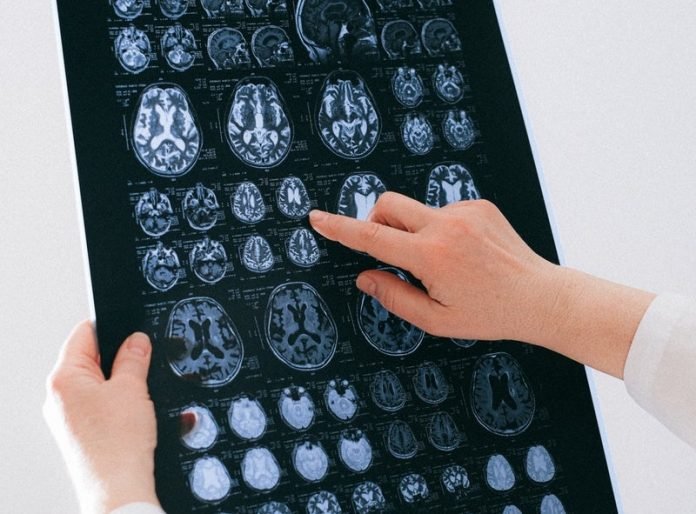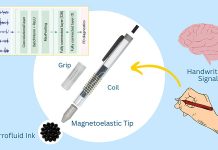
In a recent study published in the journal Science Translational Medicine, researchers found certain changes in a part of the brain stem, visible in scans, might be a potential early indicator of Alzheimer’s disease.
They found that lesser “integrity” in the brain stem region was linked to a faster decline in memory and thinking in older adults, as well as certain brain changes seen in early Alzheimer’s.
One author of the study is Rebecca Edelmayer.
Biomarkers are things that can be measured to reliably detect a disease—a substance in the blood or a brain scan finding, for instance.
Right now, most people with Alzheimer’s are diagnosed based on evaluations of their memory, reasoning, and other thinking skills.
But researchers are working to better understand the underlying disease process and, along the way, find biomarkers that catch Alzheimer’s sooner.
In the study, the team focused on a brain stem area known as the locus coeruleus, or LC. Past studies have indicated that the LC is the first site in the brain to be hit with an abnormal accumulation of tau.
Tau is a protein present in healthy brain cells. But abnormal versions of tau—ones that cling to other tau proteins—can form as well.
In people with Alzheimer’s, the brain becomes riddled with tau “tangles,” as well as “plaques,” which are abnormal clumps of another protein called amyloid.
Unlike amyloid buildup, which is seen later in life, the accumulation of tau often starts early. In fact, research suggests that about half of 30- to 40-year-olds have tau accumulation in the LC.
The team examined 174 older, mostly cognitively healthy, adults. All had MRI scans to gauge the “integrity” of the LC.
The team found overall, lesser integrity of the LC was related to tau accumulation in a brain area involved in memory called the entorhinal cortex. Lesser LC integrity was also linked to a quicker decline in study participants’ thinking skills.
This suggests LC integrity as a potential marker to predict Alzheimer’s-related decline.
Researchers say that even though Alzheimer’s has no cure, having early markers that reliably spot people on a trajectory toward the disease is considered critical.
While many people may have heard of the amyloid plaques that mark Alzheimer’s, it’s actually tau accumulation that more closely correlates with cognitive decline. And it’s thought that an interaction between the proteins, and other factors, maybe at work.
If you care about Alzheimer’s disease, please read studies about scientists link blood sugar metabolism to Alzheimer’s disease and findings of how to predict Alzheimer’s disease-like memory loss before it appears.
For more information about Alzheimer’s disease, please see recent studies about this stuff in blood could lead to early test for Alzheimer’s disease and results showing that ultrasound can help treat Alzheimer’s disease.
Copyright © 2021 Knowridge Science Report. All rights reserved.



